Project Results
Freshwater snails play an important role in lake and river habitats. They are shelled mollusks that eat algae, and they are food for other wildlife such as fish and ducks. There are several freshwater snail species in Maine, but the Bigmouth Pond Snail (Stagnicola mighelsi) is unique to the state. Although Maine has more than 6,000 lakes and ponds, this snail is found in only a handful. We set out to see if we could find more Bigmouth Pondsnails, and to see if there is something unique about where they live, such as: what other snails are present; lake size and shoreline development; lake water chemistry; or other factors. In the summers of 2013 and 2014 we surveyed 17 lakes and ponds, and one big river segment, most of which had never been searched. We found the Bigmouth Pondsnail at one new waterbody, bringing the total number of lakes where it is found to five. The new find helps to support our understanding that the snails live in lakes that are big, with few buildings on the shoreline, relatively stable water levels, and large sandbars. We can use this knowledge to help conserve this snail and lake ecosystems in Maine.
About This Project
Freshwater snails are an important part of lake and stream ecosystems, grazing algae and providing nutrition for larger animals. One of the most mysterious of these freshwater snails lives only in a few lakes in northern Maine. We'd like to find out much more about this uncommon animal, and make sure it will be around for future generations.Ask the Scientists
Join The DiscussionWhat is the context of this research?
Maine has several freshwater snails but one is found only within the state, a type of "pond snail" called Stagnicola mighelsi. Previous work shows that it has been lost at half of the lakes in its Fish River Lakes stronghold, and that it survives only in very big and remote lakes. However, there are 100 year-old reports from other watersheds, and possibly undiscovered populations.
We want to find the complete range of this snail, and to find out what environmental factors are correlated with surviving populations. We will check at least eight lakes and rivers, identify ALL of their freshwater snails, and report on water chemistry and lakeshore development. And we will collect specimens for Part 2 - genetics laboratory work to explore this animals' identity, with collaborator Dr.Judith Roe at U Maine Presque Isle.
What is the significance of this project?
This freshwater snail is relatively large and is unique to Maine, but we know almost nothing about it. Learning about this snail and the other snails we will identify can help us protect a special part of Maine's wildlife, and learn about the health of our lakes and rivers. Few people know or care about the survival of these animals - even though they help to keep lakes clear of algae and are important in the wildlife food chain.
What are the goals of the project?
Maine is a big state and to study several historic and new snail sites requires gas money, food, camping fees, and student labor. We have boats, gear, and great lab facilities, and we lead investigators are donating most of our time, but we need your support to get this done!
We have $500 in "seed money" from the Maine Dept. of Inland Fisheries & Wildlife to get this fundraising effort started.
Budget
Our budget is for travel expenses, water testing equipment, field team labor (which includes two college students), snail identification and writing, for eight lakes, giving a project total of $2,724.
Stretch Goal: For each $200 beyond our target amount, we will be able to send the field team to an additional water body, up to a total of 15 lakes, or a $4,124 project total.
Meet the Team
Team Bio
I'm curious about snails, both in freshwater and on land, and that includes slugs. I have worked on several globally-rare snails and some snail ecology questions. There are lots of other critters and habitats in which I'm interested, including butterflies, tiger beetles, old growth forests, native grasslands and wetlands. Appalachian Conservation Biology is my environmental consulting company.My collaborator on our Maine snail project is Dr. Judith Roe at the University of Maine Presque Isle - she's helping us sort out the identity and evolutionary relationships of these pondsnails.
Kenneth P Hotopp
I'm curious about snails, both in freshwater and on land, and that includes slugs. I have worked on several globally-rare snails and some snail ecology questions in the Northeastern US. There are lots of other critters and habitats in which I'm interested, including butterflies, tiger beetles, old growth forests, native grasslands and wetlands. Appalachian Conservation Biology is my environmental consulting company.
See my ResearchGate page here: https://www.researchgate.net/profile/Kenneth_Hotop...
My collaborator on our Maine snail project is Dr. Judith Roe at the University of Maine Presque Isle - she's helping us sort out the identity and evolutionary relationships of these pondsnails.
Judith Roe
Dr. Judith Roe teaches Biology and Genetics at the University of Maine at Presque Isle where she does research on the genetic basis of adaptation to the environment.
Additional Information
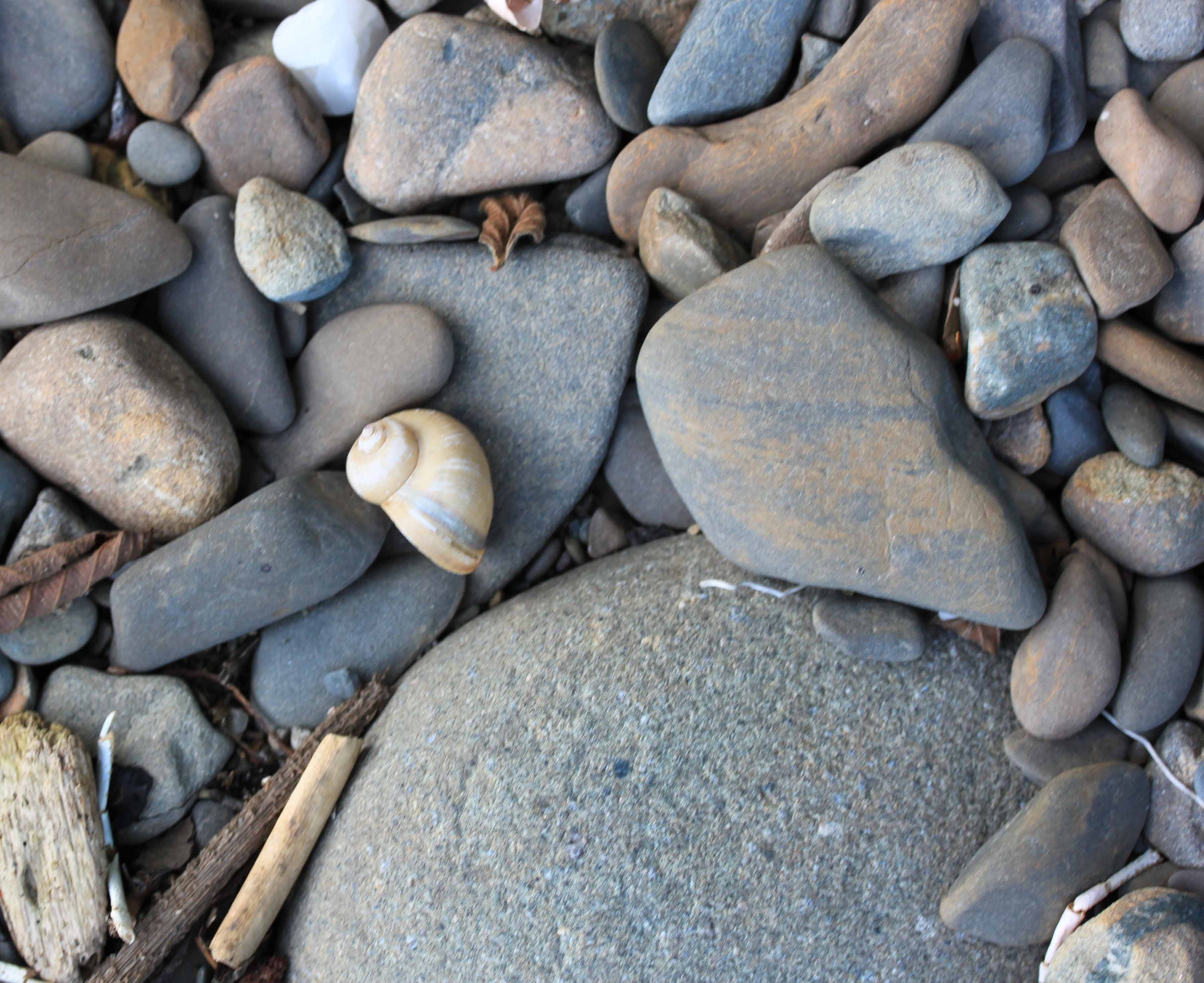
Here's a Stagnicola mighelsi shell on a stony beach (above). Below, field crew Alice Hotopp labels collecting vials, and Emma Donohoe takes a GPS reading while enjoying a moment of luxury on a plastic chair they found in a lake cove. It is hard to get a picture of either of these two ever sitting down!

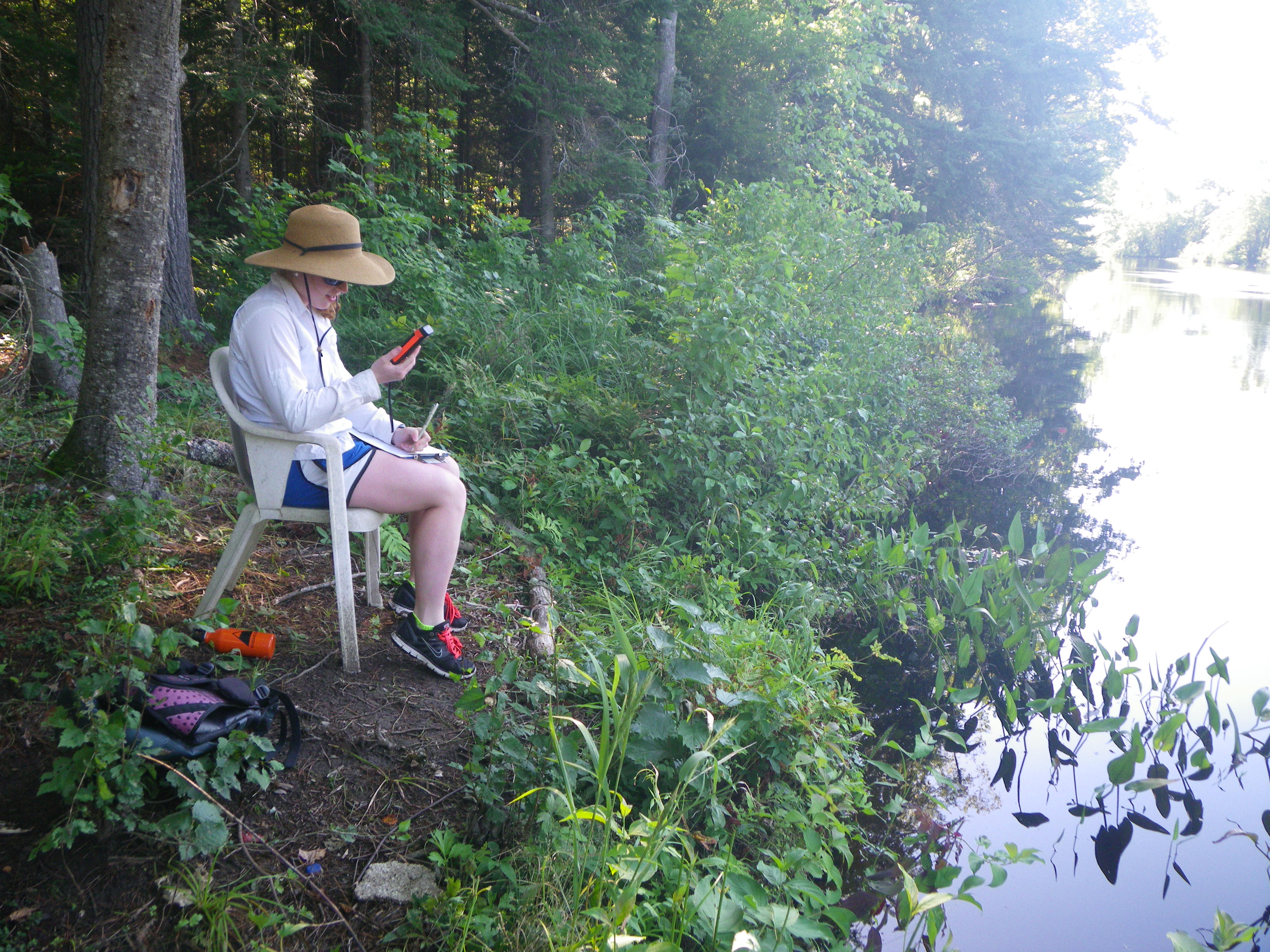
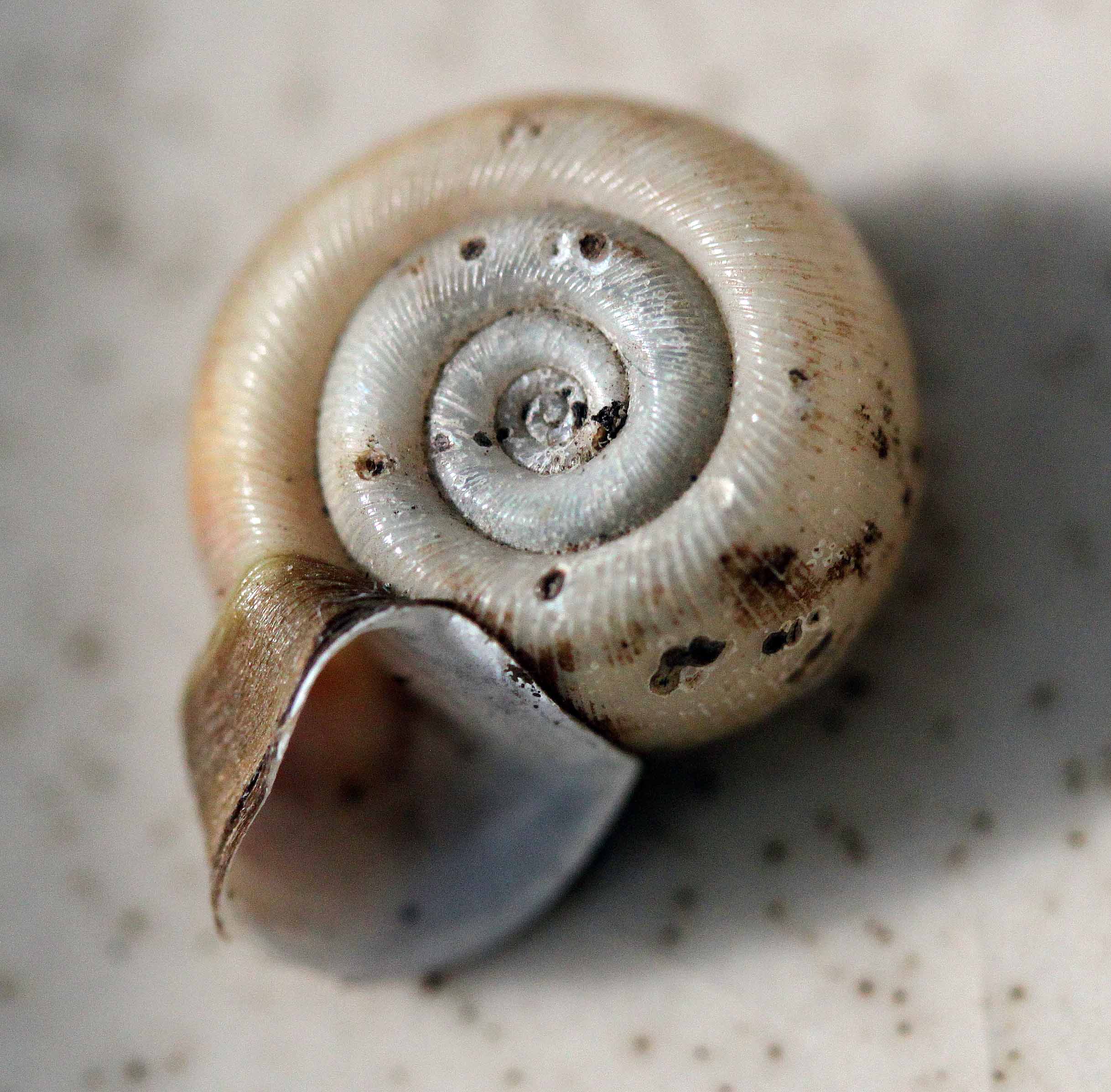
Ramshorn snail Planorbella campanulata.
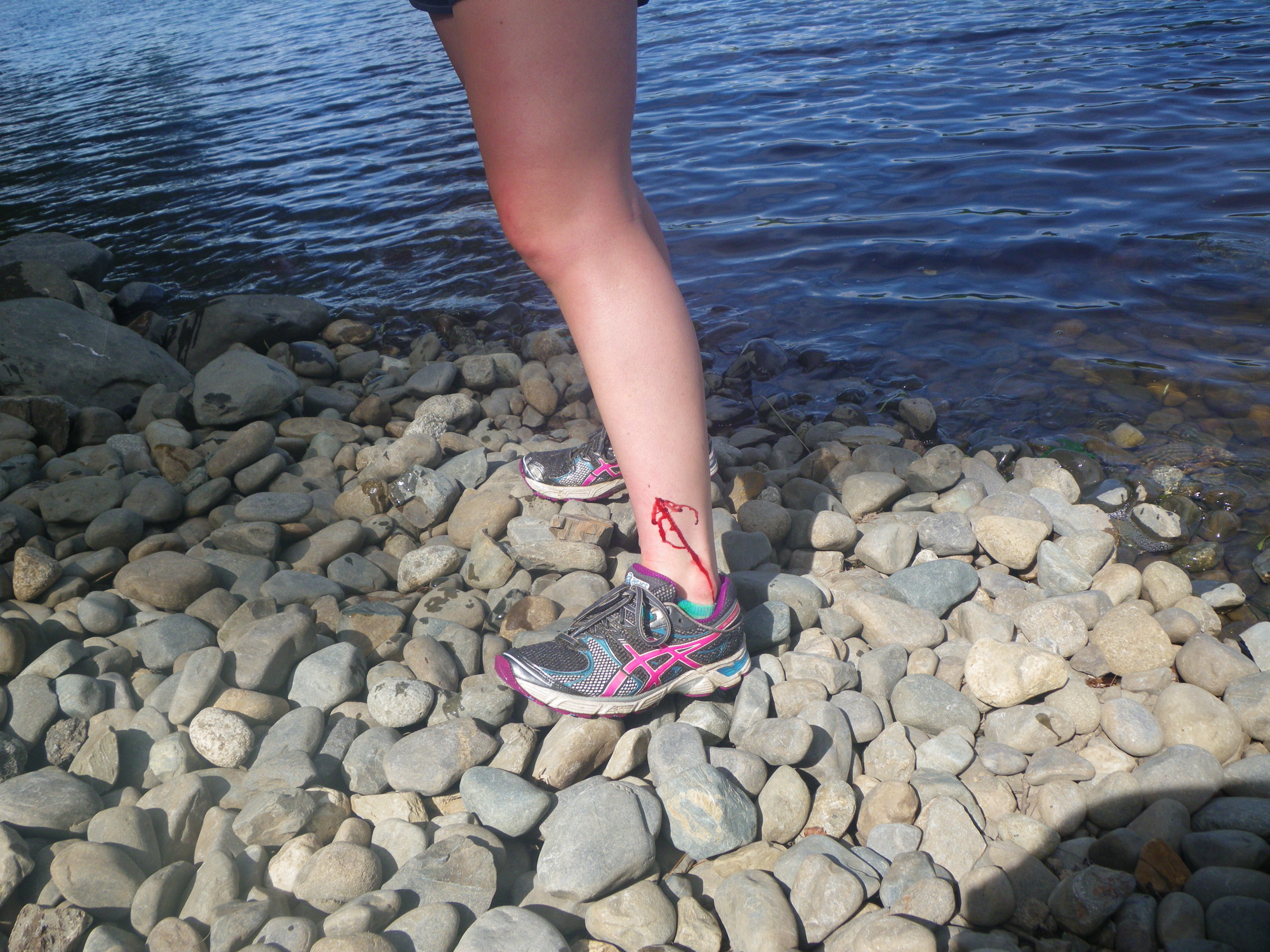
Alice gets leeched (above), tadpole snail Physa ancillaria and valvate snail Valvata tricarinata (below).
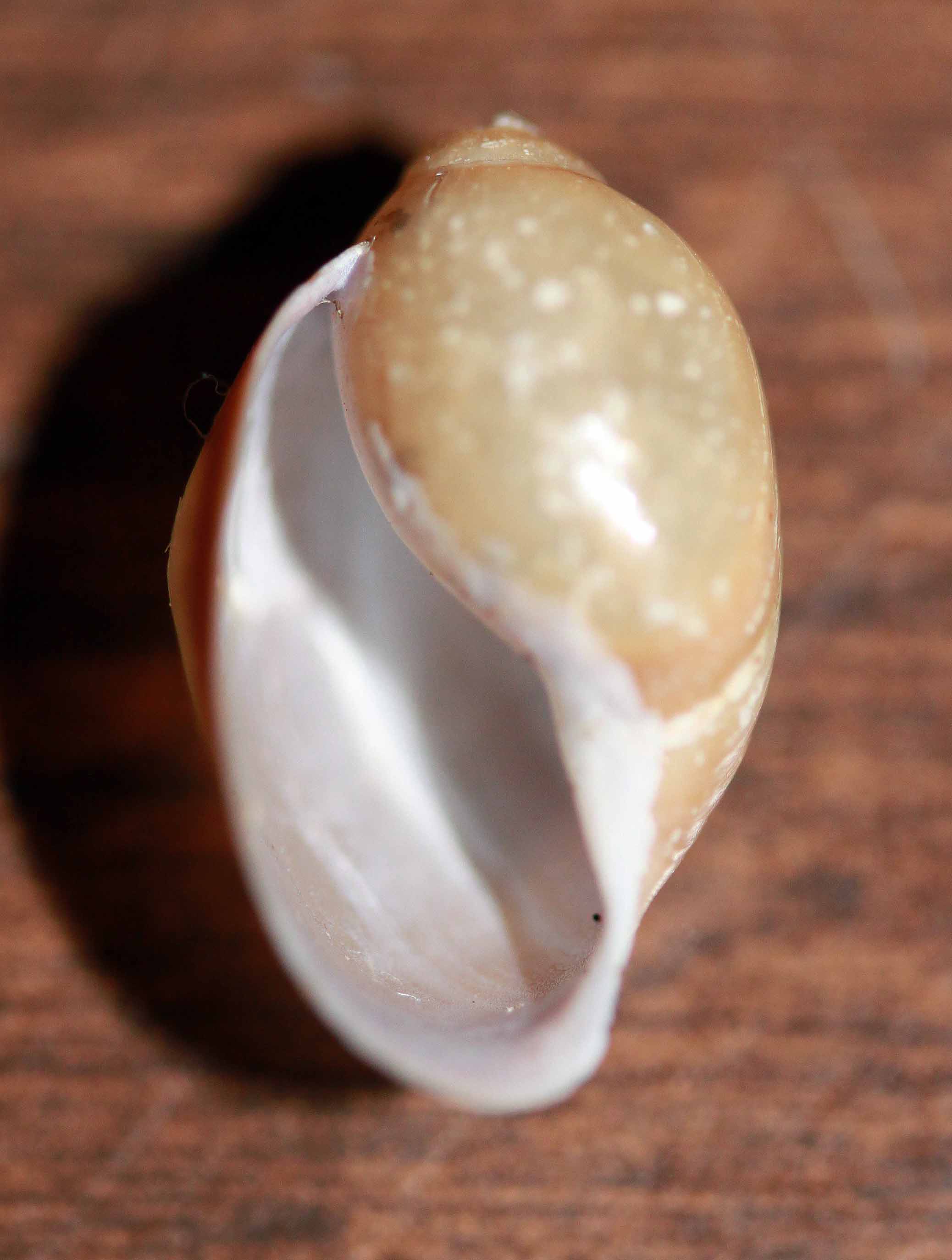

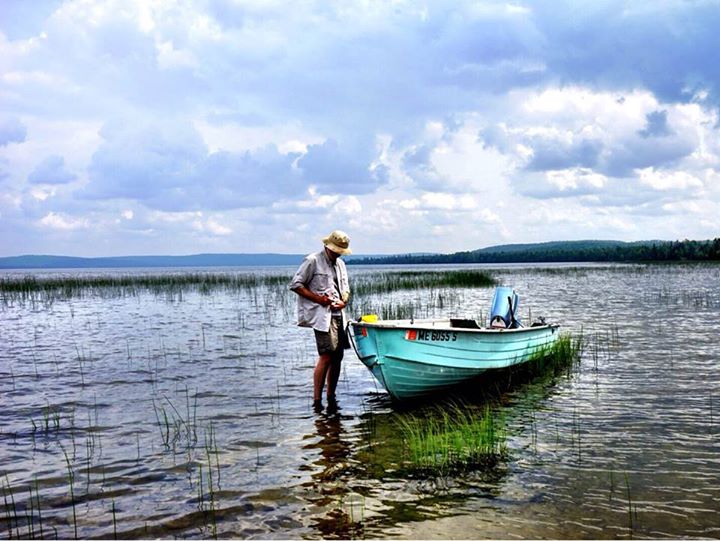
Ken on Square Lake, picture by Experiment's Rebecca Searles (thanks Rebecca!).
Project Backers
- 14Backers
- 100%Funded
- $2,725Total Donations
- $158.93Average Donation

